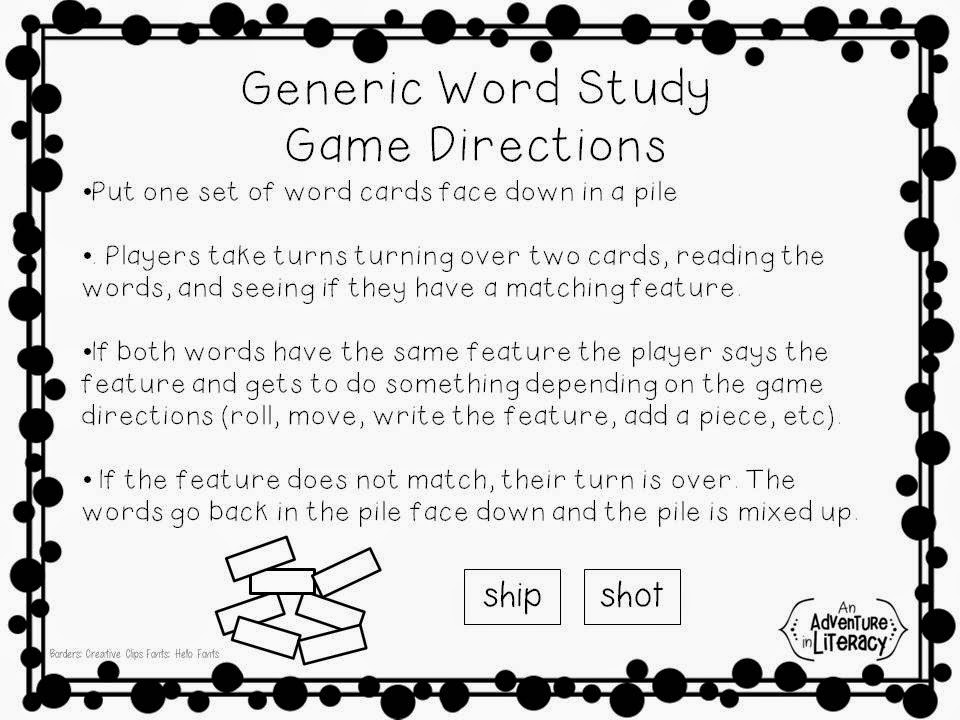Hello Friends!
I hope you find this post I've refurbished and resurrected from the Adventures in Literacy Land archives useful! It features a delightful picture book and companion FREEBIE all about fall's favorite fruit! Enjoy!
Green.
Ripe.
Juicy.
Tart.
Sour.
Sweet.
This list of adjectives could go on and on and round and round to describe apples--the signature fruit
that defines the taste of autumn for many of us!
In The Apple Pie That Papa Baked, author Lauren Thompson and illustrator Jonathon Bean capture a sensory sequence of sights, tastes, sounds, and events that ends with a tasty and surprising twist! The language used is rich and descriptive, which makes the book a perfect mentor text for any fall lesson on adjectives!
I was introduced to this book while listening to illustrator Jonathan Bean describe his detailed, three-layered illustration process this summer at the Mazza Museum Summer Institute. It is a delightful circle story that takes the reader on a day's journey through an apple orchard with a farmer and his daughter. Thompson's use of repetitive phrases compliments Bean's parade of whimsical pen-and-ink characters drawn in red, yellow, and black, and makes this story an ideal one to help young readers develop sequencing skills, practice fluency, and build vocabulary. The book won the Ezra Jack Keats Award in 2008, and you can read reviews {HERE}.
I cannot wait to share The Apple Pie That Papa Baked with my second graders as we celebrate Johnny Appleseed's birthday this month! I've created this FREE 15-page pack of literacy activities to use along with your book study, and hope that you'll enjoy incorporating them into your lessons as well!
Use a tri-fold board and velcro dots to help students retell the story
in sequential order!
Use the picture cards and craft sticks to create puppets for a Reader's Theater performance
of the story!
Sort the nouns, verbs, adjectives, and pronouns in the story to
help students practice categorizing the descriptive language and parts of speech
found in the story!
Create verb, adjective, noun, and pronoun anchor charts to recall
words used in the story or generate new words related to the topic!
Click {HERE} to download the file!
May the autumn days ahead be full cinnamon, spice, and apples all sliced!
Be sure to check out more thematic resources for Fall in my TpT store {HERE}!
Follow me on Pinterest for more creative classroom ideas and activities!
Be sure to check out more thematic resources for Fall in my TpT store {HERE}!
Follow me on Pinterest for more creative classroom ideas and activities!
Know that I wish you delightful and delicious
reading and writing adventures!
Enjoy!





















































